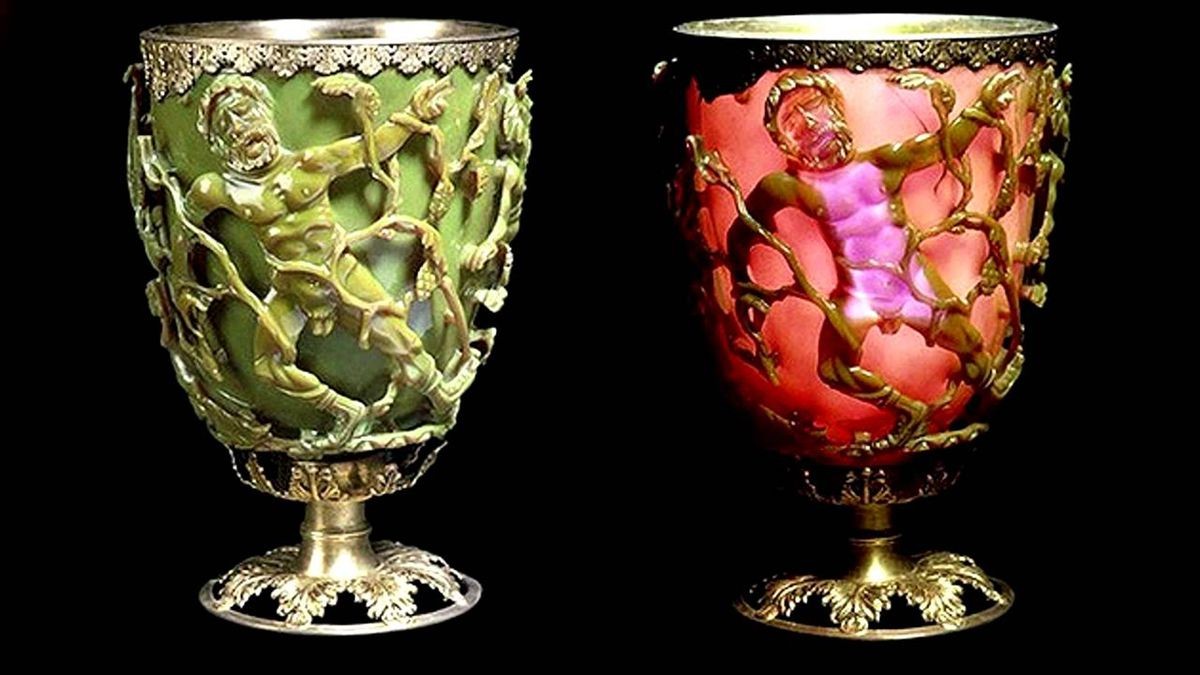And I am not referring to the test in which the woman poured her urine on wheat seeds and if the seeds germinated it was indicative that she was pregnant. No, I am referring to pregnancy tests with exactly the same technology as today's, based on nanotechnology... and we are talking about the 4th century.
As I am a layman in the field, let's see what nanotechnology is:
It includes the study and manipulation of matter at the level of atoms and molecules (hence the nano), applicable to sciences such as Physics, Chemistry, Computer Science, Medicine or Biology.
So, talking about the study and manipulation of atoms and molecules in the fourth century seems audacious or crazy. But the cup of Lycurgus will get me out of this mess. According to Greek mythology, the king of Thrace, Lycurgus, must have had a little problem with the god of wine Dionysus -maybe it was because he liked beer-, and it is already known that whoever messes with the gods ends badly. Well, this crystal glass dating from the fourth century is called Lycurgus because the image of the king trapped by the branches of a vine is carved into it. It is made of a glass, today called dichroic , which have the peculiarity of taking on a jade green color when illuminated from the front and changing to blood red when illuminated from behind.

To explain this mystery we have to reveal ourselves to the artists/scientists of the fourth century because they used nanotechnology, without knowing what it was, to achieve this effect. When its composition was analyzed under a microscope, soda, lime and silica were found -normal-, but also silver and gold nanoparticles of about 50 nanometers -a nanometer is equivalent to one billionth of a meter-. The interaction with light produces different colors depending on the composition, size and shape of the nanoparticles:the green color is due to silver and the red to gold. So, would the color also change depending on the liquid that was poured into it? As the British Museum, custodian of the nanotechnological Grail, does not allow experiments with liquids inside the cup, the researchers created a small cup with the exact composition of the original and the result was that, as they thought, the hue of the colors also changed depending on the liquid used:light green for water and red for oil.

If they had been interested, they would have invented the first pregnancy test with the same technology as today's, because these tests are based on gold nanoparticles and what they seek is to detect the presence of the hormone HcG in the urine (the pregnancies produce an excess of this hormone). If you are pregnant, the gold nanoparticles detect the hormone HcG and the indicator line of the test will appear red, as in the Lycurgus cup, if the red line does not appear, you are not.
Source:Inventions of the Ancients
